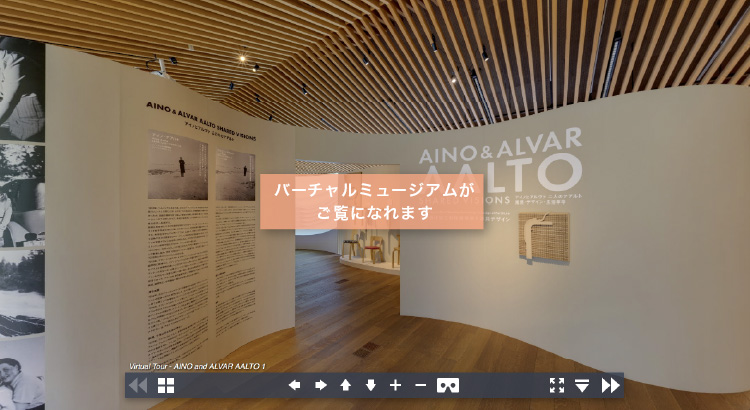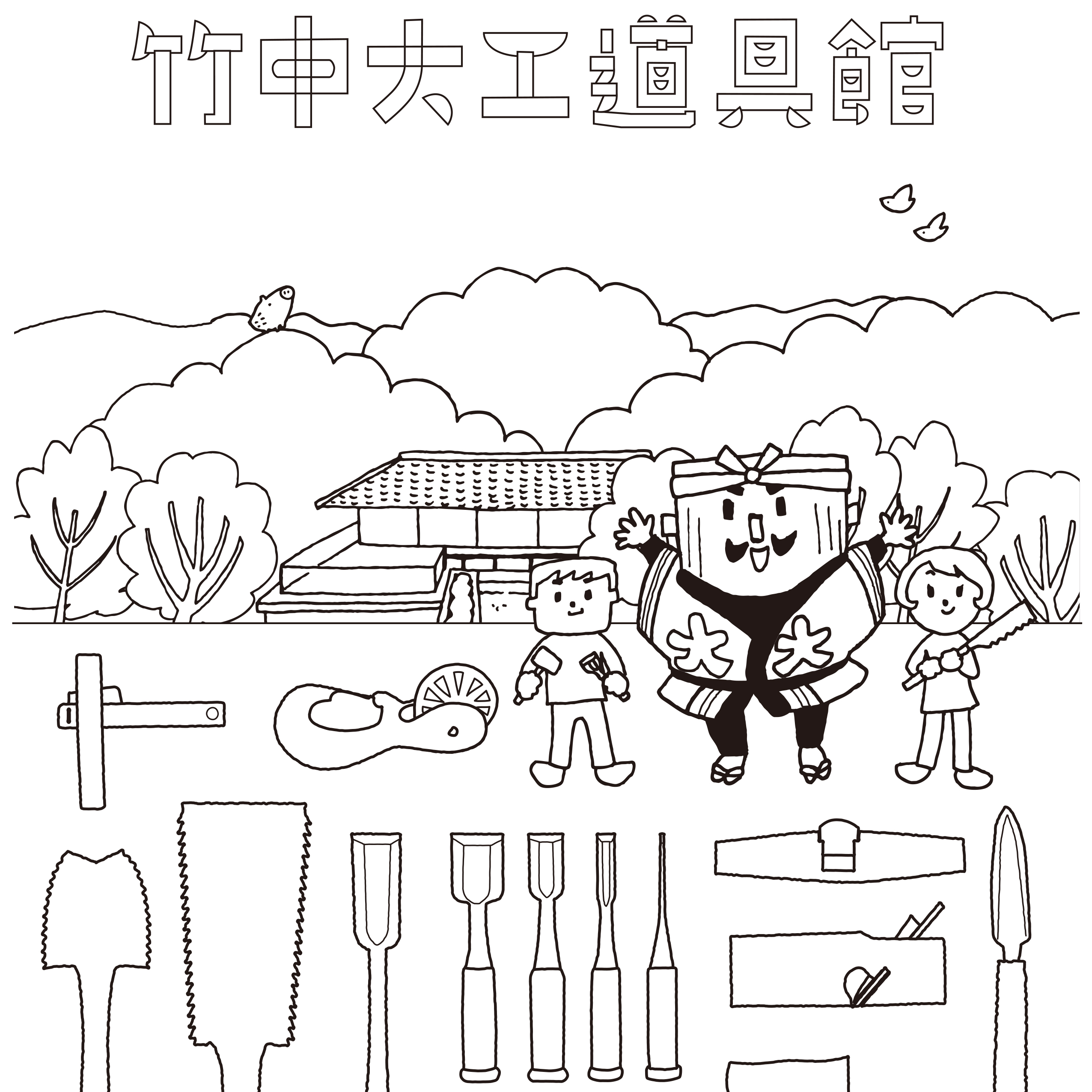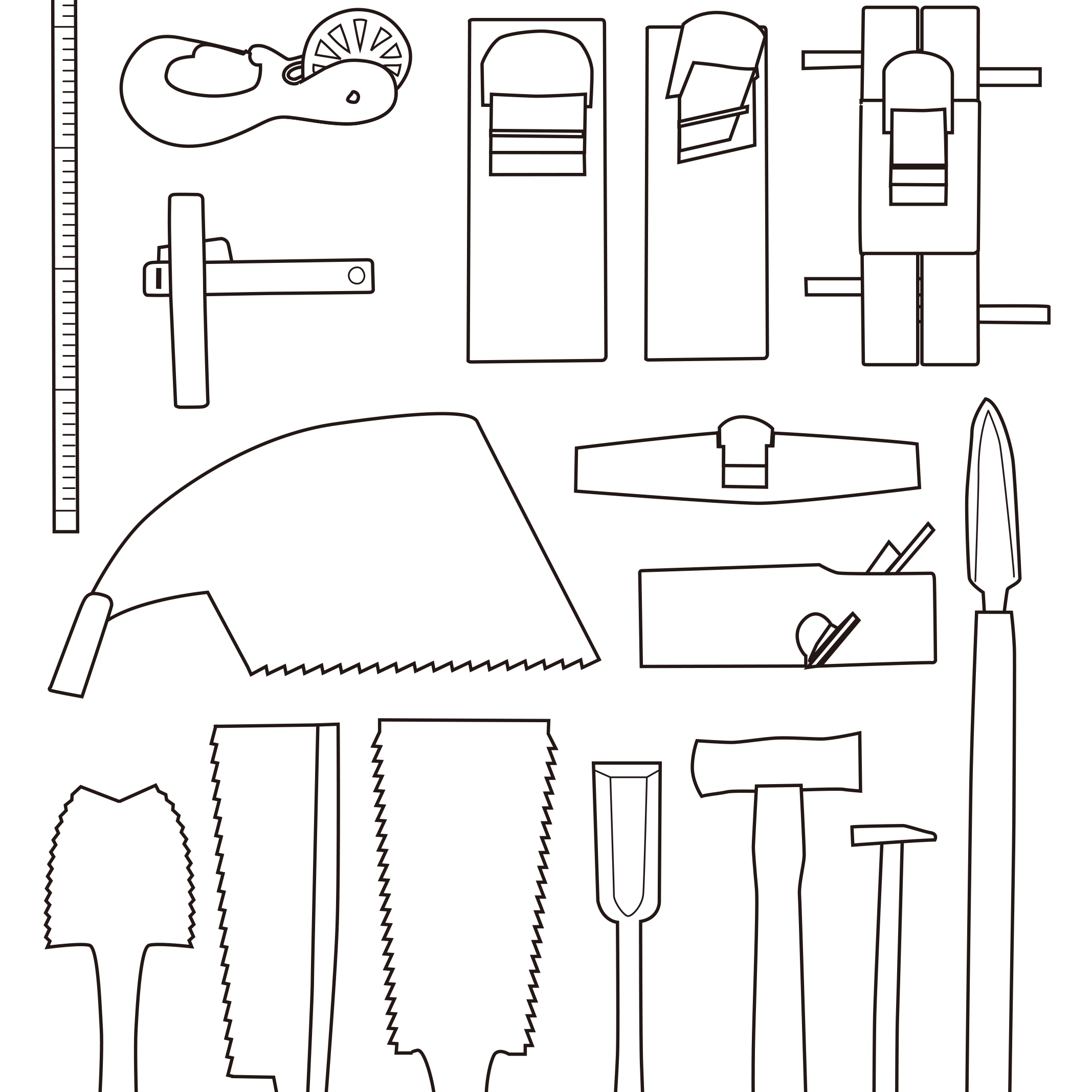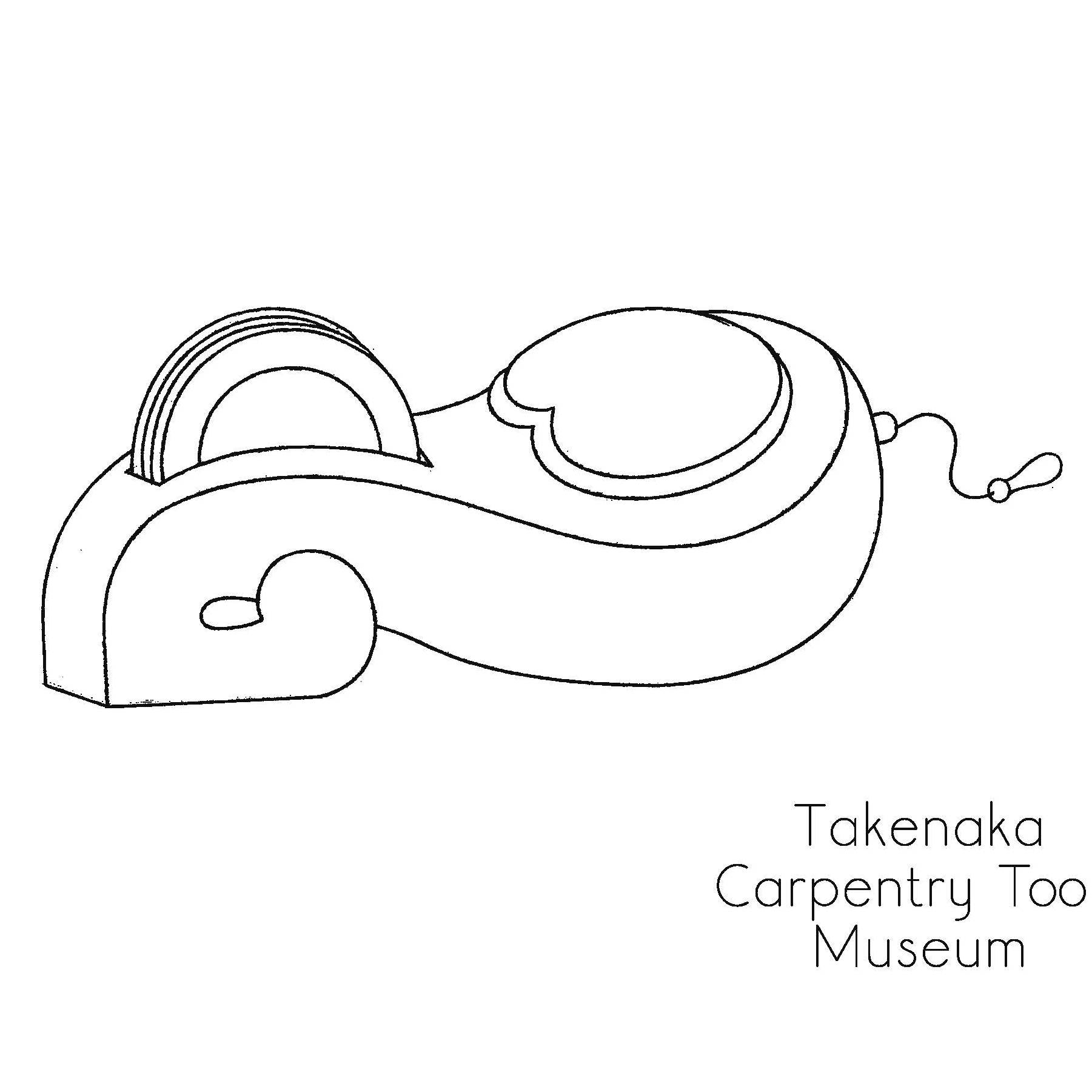
Enjoy the Takenaka Carpentry Tools Museum at home!
In addition to videos of Permanent exhibition by curators, video works that can be seen at the video library on the 2nd floor of the Tool Museum, related videos of special exhibitions such as the Kigumi exhibition that has ended, and video "Carpenter is great!"
At the bottom of this page, we have prepared 4 types of coloring pages.
Permanent exhibition commentary by the curator
-
■A Journey through History (about 12 minutes)
Explanation: Curator Uemura
Japanese carpenter tools that have been walking along with the development of forged wood architecture. History of Tools, from prehistoric times to modern times, is an interesting and easy-to-understand corner with real and restored materials, powerful large models, emakimono, and abundant video materials in the background of architectural history.
-
■Learning from a Master Carpenter (about 6 minutes)
Explanation: Chief Curator Sakamoto
A carpenter ridge that unites various craftsmen with trained leadership and builds architecture. There are many places to learn about their skills and minds for modern manufacturing and organization building. This is a corner that introduces the charm through powerful models and drawings that explain the actual work.
-
■Tools and Handwork (about 22 minutes)
Explanation: Curator Choi
Even if you say a chisel or plane, there are things of various sizes and shapes. The carpenters used them skillfully according to the work. This section introduces the types, structures, and usage of Japanese carpentry tools, which are rare in the world, with diversity and uniqueness.
-
■Tools Around the World (about 10 minutes)
Explanation: Chief Curator Nishiyama
The shape and usage of carpentry tools are different between Japan using soft wood and overseas using hard wood. Here we will exhibit carpentry tools from China and Europe. This is a corner where you can easily explain the difference between carpentry tools between Japan and overseas, along with images and architectural models that show how to use tools.
-
■The Traditional Beauty of Japanese Wa (about 9.5 minutes)
Explanation: Chief Curator Sakamoto
In Japan, there are still craftsmen who have the skills and sensibility to create the ultimate beauty through handwork. This is a corner where you can enjoy the world of beautiful traditional beauty that is proud of through a full-scale model of the tea room, elaborate kumiko work, karagami sliding sliding doors, earth walls made of natural materials, etc.
-
■Exquisite Works of Master Craftsmen (about 25 minutes)
Explanation: Former curator Yasuda
The shine of "beauty" released by excellent carpentry tools. The blacksmiths who have a name in history cut poetic inscriptions on tools and elaborated artistic designs with their reliable skills and refined sensitivity. This is a corner that invites you to a deep world of tool culture that has brought you to extreme beauty.
-
■Making the Most of Wood (about 8.5 minutes)
Explanation: Former curator Yasuda
Trees have a personality like a person. In order to maximize its nature, the masters read the habit of wood and use it in the right place. Numerous wisdom to make full use of the precious forest blessings contained in hand tools. This is a corner where you can approach the skills of a craftsman who reads a tree while enjoying the expression of a beautiful tree.
Video library
-
Jogi using tools | Ruler
-
The Use of Tools Sumitsubo and Sumisashi
-
Use tools
-
The Use of Tools Drawing Board
-
The Use of Tools Japanese Stereotomy - How to use sashigane
-
The Use of Tools Masanori and Chona
-
The Use of Tools saw - basic saw
-
The Use of Tools saw - by application
-
The Use of Tools only - Tataki only and Oori only
-
The Use of Tools only - finishing only and special only
-
The Use of Tools Sculpture Only and Sculpture Sword
-
The Use of Tools Kiri
-
The Use of Tools Kanna - plain cancer
-
The Use of Tools Kanna - Special Cancer 1
-
The Use of Tools Kanna - Special Cancer 2
-
Assembling Woods Koshikake Oaritsugu
-
Assembling Woods Koshikake Kamatsugu
-
Assembling Woods Kinwatsugu
-
Assembling Woods Daimochitsugi
-
Assembling Woods Kyoro Framing Sytem
-
Skills of Craftsmen Growing Kitayama cedar trees in Kyoto
-
Skills of Craftsmen Wood Horse - Transporting Mountain Wood -
-
Maintaining Tools Natural Sharpening Stone - Hishozan, Kyoto
Let's enjoy the wood group exhibition at home
35th anniversary tour exhibition "I tried to dissolve wood"
Everyone who was interested in the Kigumi exhibition but could not come for various reasons, those who visited but wanted to see it again, please enjoy the Kigumi exhibition video.
-
How to make Kumiko work corner three Kumite
-
Kumimono corner Enkaku-ji Temple Shariden Kumimono original size CG
-
The technique of the wood-gumi talked about by the producer
-
The technique of the wooden group talked about by the creator
-
The creator talks about the technique finger, "Kimo-gumi's long box"
-
Wood-Gumi technique that the creator talks about
-
The technique of wood-gumi talked about by the creator Kintaikyo Bridge partially modeled wooden structure
-
Kigumi's technique described by the manufacturer, Kintaikyo Bridge partial model 5 series comprehensive edition
-
A thin-cutting section that approaches the master's great skill
-
Mortised Rabbeted Oblique Splice Edition Approaching Master's Great Skills
-
Feature film Heritage of Kumiko Crafts
-
Feature film Kigumi House
-
Making Workshop Kumiko Coaster at home
-
Music video "home" Shakuhachi, original play accompanying music of piano "Kigumi House". (From the Kentaroh Ueda Video Works channel)
-
Music video "home" Piano, flute, original play music from flat mandolin "Kigumi House". (From the Kentaroh Ueda Video Works channel)
Let's enjoy the Inami sculpture exhibition at home
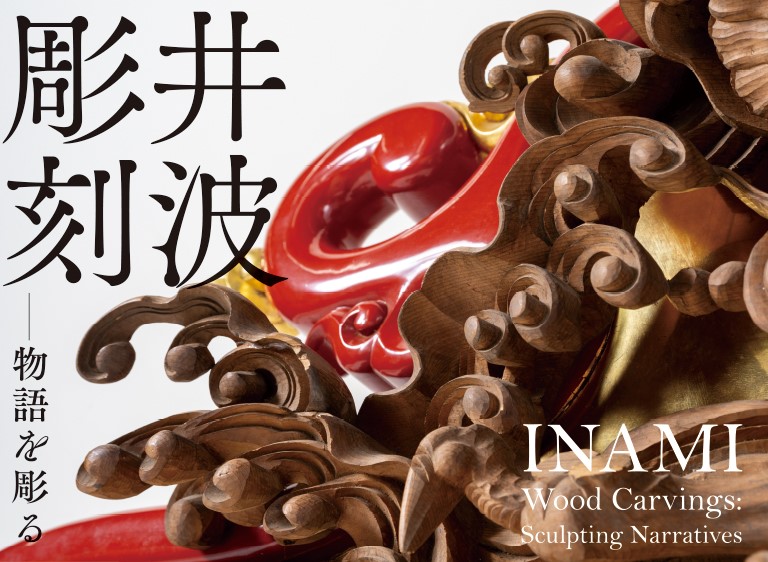
Exhibition Period: 2023/9/30~12/3
Let's enjoy Isamu Noguchi TOOLS exhibition at home
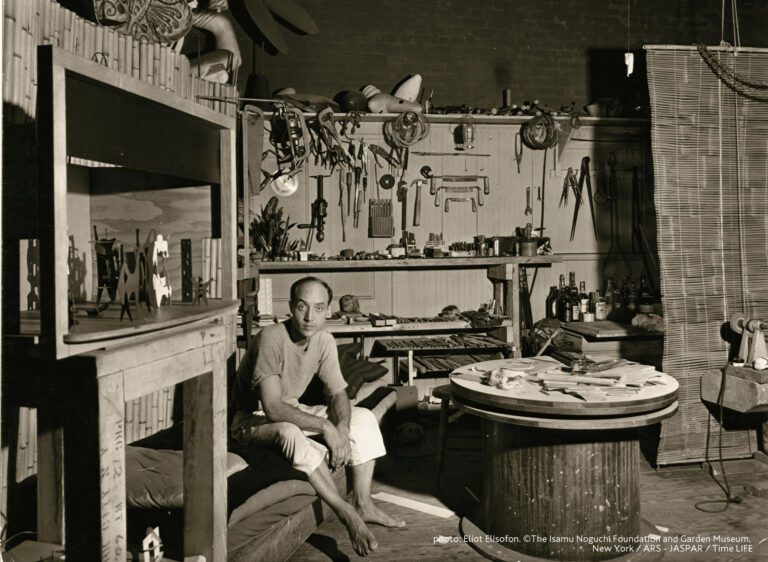
Exhibition Period: 2023/3/4~5/7
Enjoy the spring Ishii exhibition at home
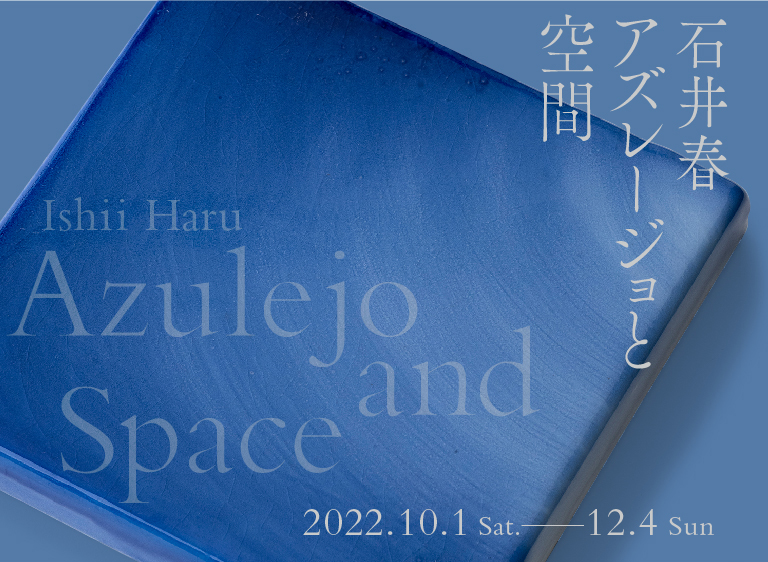
Exhibition Period: 2022/10/1~12/4
Let's enjoy the cut-out sword exhibition at home
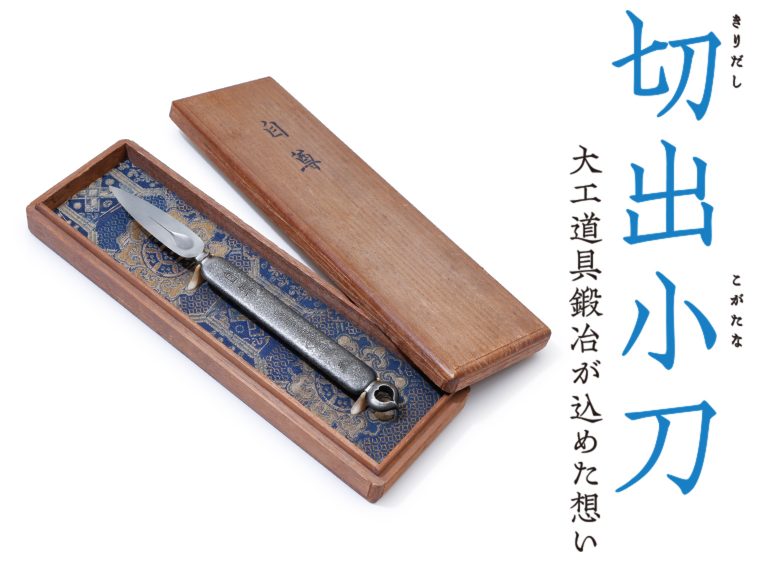
Exhibition Period: 2022/3/5~5/8
Let's enjoy an exhibition that challenges Tenpyo artisans at home
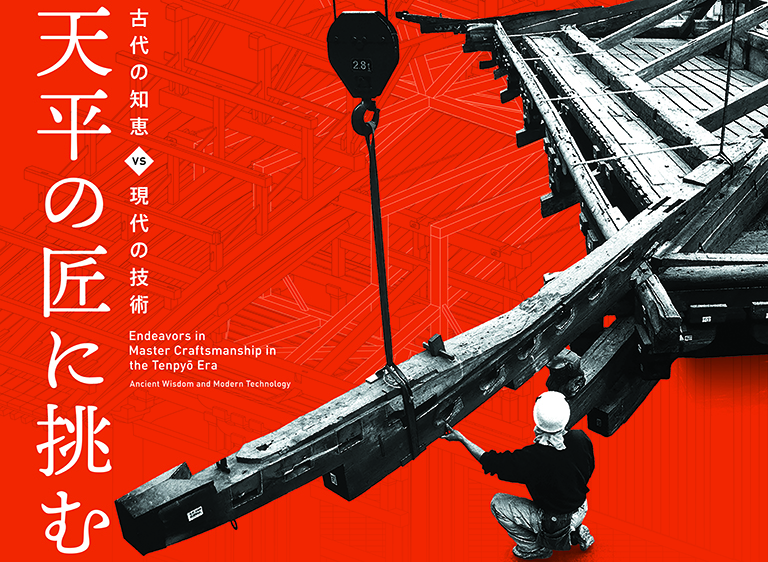
Kobe Venue: 2021/10/16-12/12, Tokyo Venue: 2021/8/17~10/8
Enjoy the CLT exhibition at home
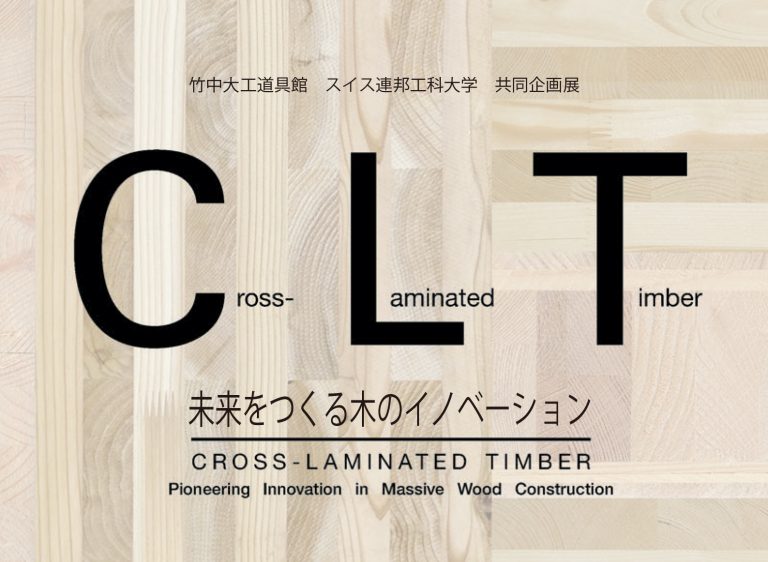
Exhibition Period: 2021/7/24~9/20
Let's enjoy the Wise Becker exhibition at home
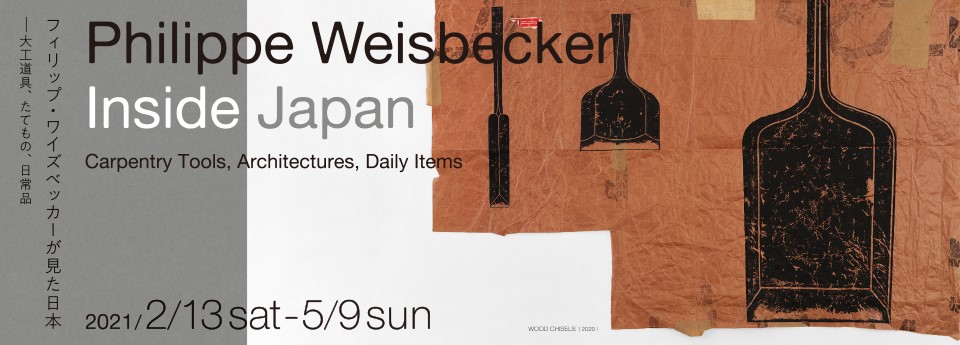
Kobe Venue: 2021/2/13-5/9, Tokyo Venue: 2020/10/2~11/20
Let's enjoy the Miyano Tetsunosuke exhibition at home
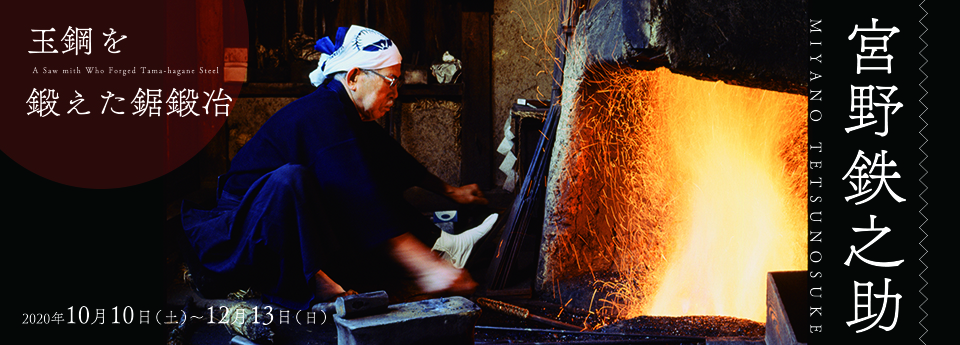
Exhibition Period: 2020/10/10~12/13
Let's enjoy the Aalto exhibition at home
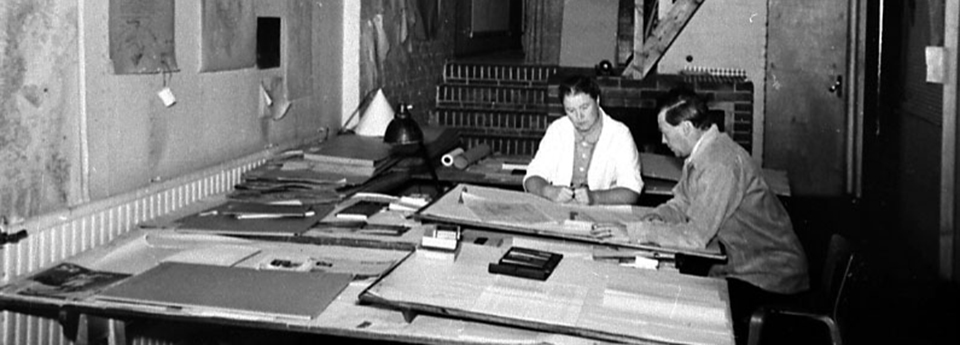
Exhibition Period: 2020/3/28~8/30
-
Venue Video The Master Sawsmith, Tetsunosuke Miyano Approx. 7 minutes
This exhibition is a pre-planned exhibition of "Aino and Aruba Two Aalto" scheduled to be held in 2021 at the Setagaya Art Museum and Hyogo Prefectural Museum of Art.
-
Feature film The Master Sawsmith, Tetsunosuke Miyano Approx. 26 minutes
Introduction of carpentry tools
We will take up representative carpentry tools and explain how to use them with photos and diagrams.
To our parents
The "House Museum" is a project invented by the Hokkaido Museum with the purpose of "Let's enjoy the museum at home until the school starts." the museum agrees and implements this project. I hope you can enjoy it with your child. When the museum opens, please come to Takenaka Carpentry Tools Museum with your family.
Basic information
Special Exhibition
Permanent exhibition
